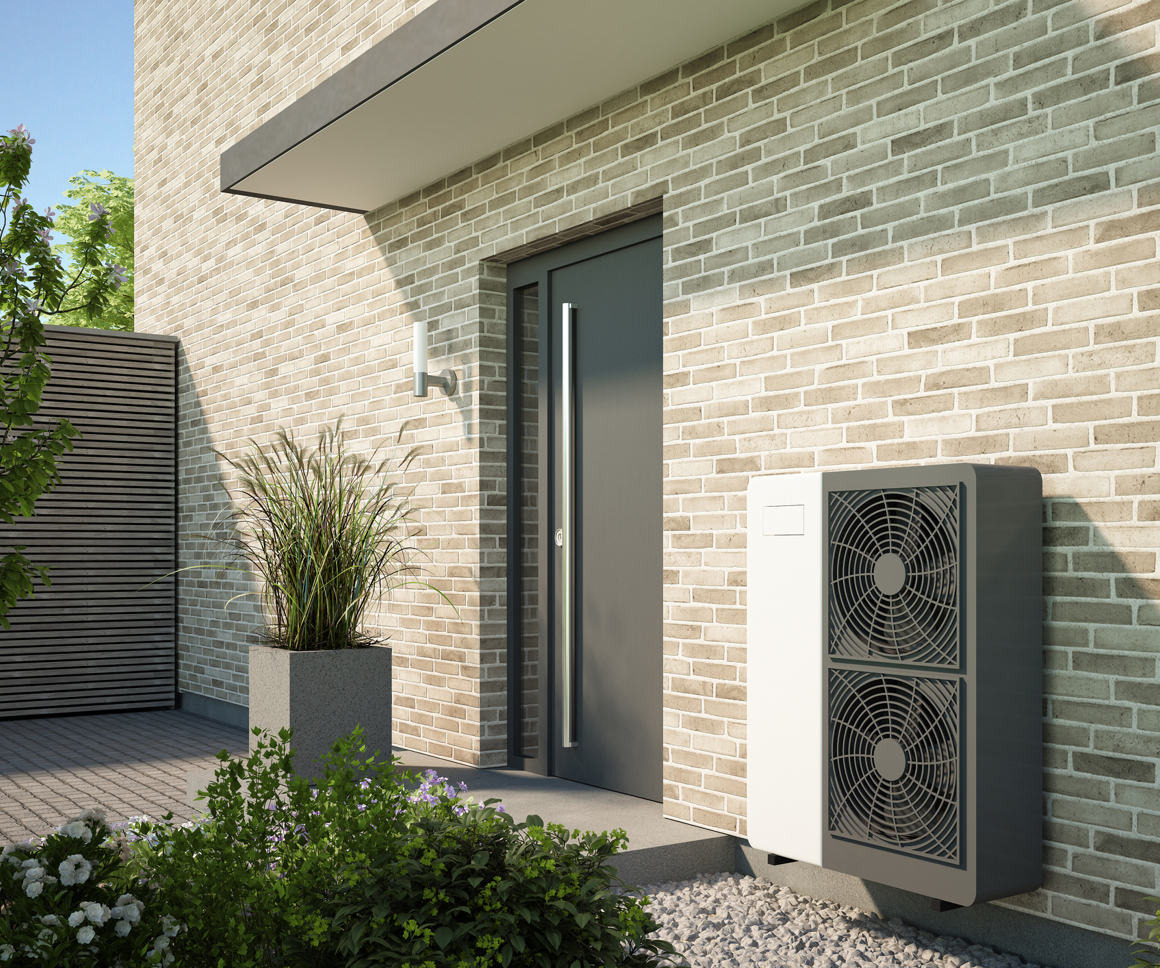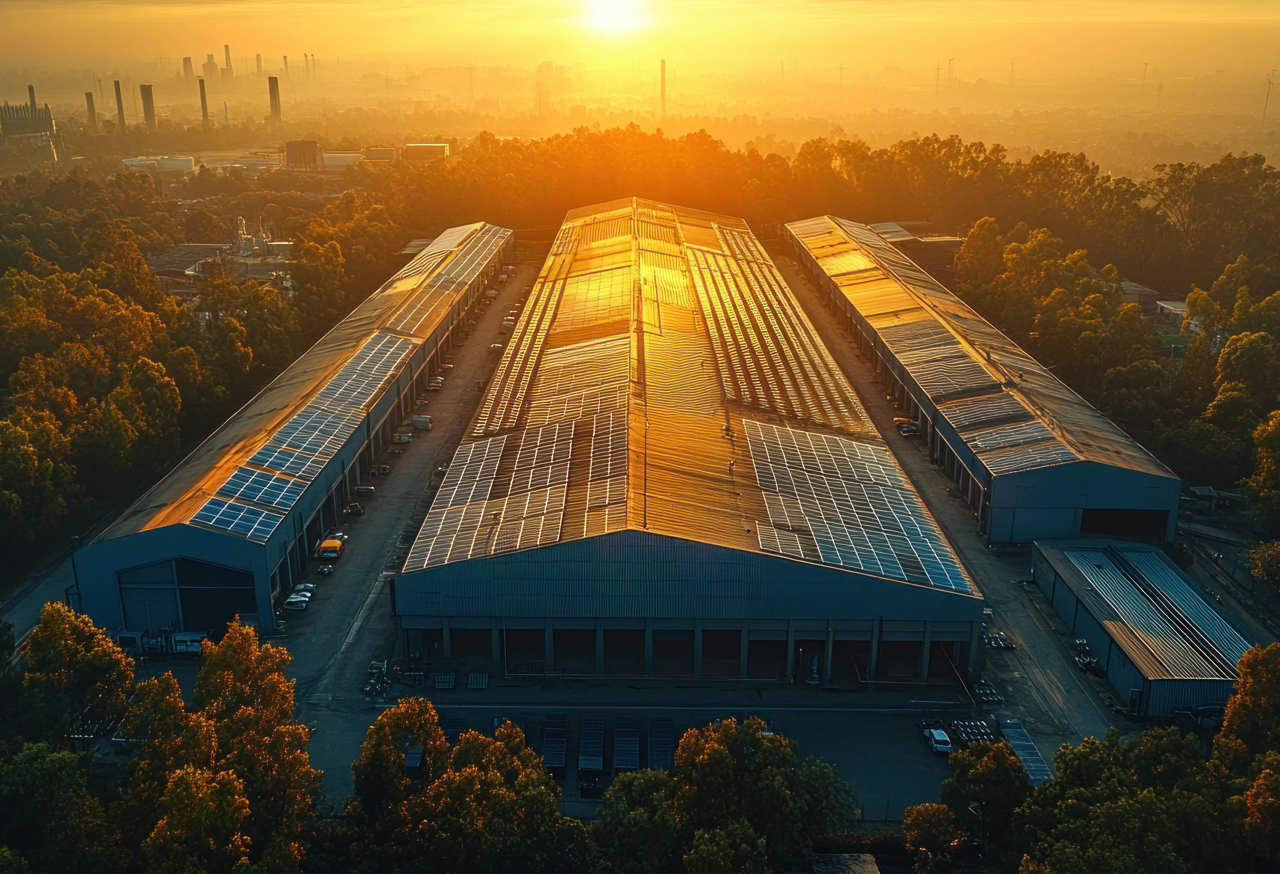Calculating the network costs for low-carbon heating
Energy transition Energy consultancy Economics, policy and regulatory advice Networks Residential research
A comprehensive review of the upgrade and reinforcement costs for both the gas and electricity networks required for a transition to low carbon residential heating in Great Britain (GB) as part of net zero.
The background
The UK government has determined that all homes must decarbonise their heating systems by 2050. This could include a range of technologies, including air-source heat pumps (ASHP), hydrogen boilers, hybrid systems and district heat networks. The switch to low-carbon heating will either costly infrastructure improvements, either due to increases in electricity demand (for ASHPs) or upgrades to the gas networks to switch to hydrogen from natural gas – or potentially both. The cost of these works will ultimately be borne by consumers and vary by location. Citizens’ Advice commissioned this work to assess how these costs vary by location, to provide insight regarding best value for consumers and inform government policy and regulation.
What the client needed and their key question(s)
Citizens Advice recognised that different low-carbon heating solutions would potentially be more suitable in different parts of GB. Therefore, they requested a place-based approach to this project, which included 12 regional archetypes of approximately 5,000 dwellings each which included three different types of location – industrial, rural and urban. The research questions for the project included:
- What would be the total costs of reinforcing the electricity network for each archetype?
- What would be the total costs of upgrading the gas network for each archetype?
- Which technology provides the best value for money for consumers in archetype based on the network costs?
Our solution
We produced a comprehensive Excel dataset for this project which included clearly defined archetypes using real locations. We determined the level of reinforcement or upgrade work required for each archetype based on current heating used. Using numerous external data sources, including national grid, we comprehensively costed the total cost of upgrade and reinforcement work for each regional archetype at both the distribution and transmission level.
We used a scenario-based approach to analyse our findings against four potential outcomes:
- Full electrification: where all homes install and use an ASHP.
- Full conversion of the gas network to 100% hydrogen: thereby enabling all those who currently use a boiler to continue to do so.
- Widespread use of hybrid heat pumps: which can run on both electricity and gas.
- No heating technology specified: whereby consumers are free to choose whichever heating technology they wish.
Our published final report determined that in the majority of regional archetypes, the cost of reinforcing the electricity networks would deliver better value for money for consumers than upgrading the gas networks to transport pure hydrogen.
Our impact
We provided a thoroughly researched, evidence-based assessment of the network costs required to decarbonise residential heating. We drew on our in-house data, particularly our hydrogen intelligence service as well as internal colleagues’ expertise of the electricity networks. Citizens Advice used the research findings to advocate for a place-based approach to heat decarbonisation when engaging with government.




